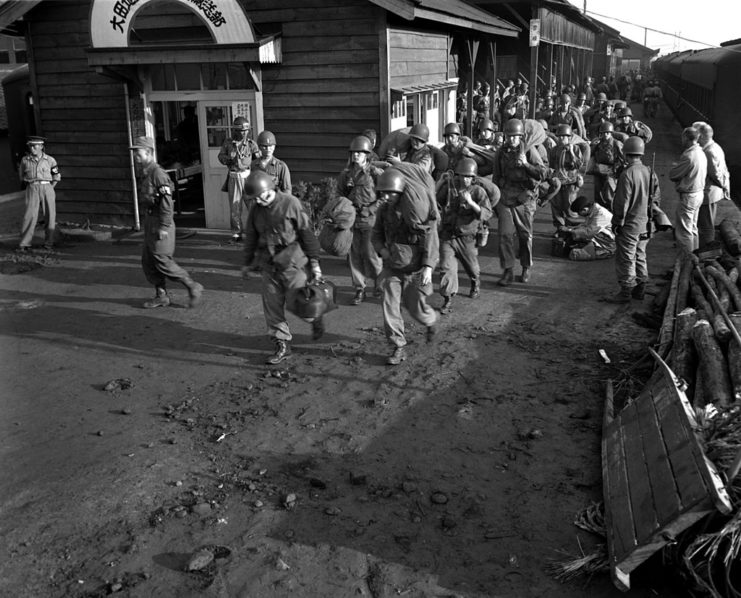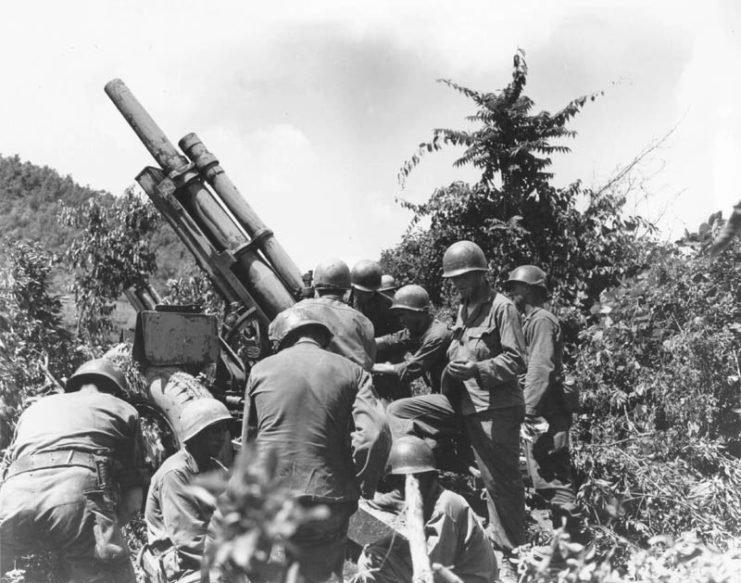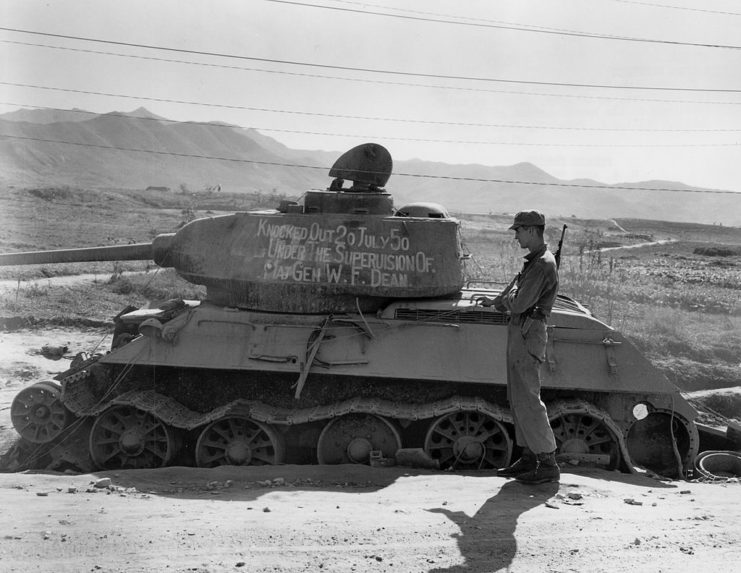The Battle of Taejon occurred early in the Korean War and was one of its most important engagements. During the battle, U.S. soldiers attempted to defend the city of Taejon despite being exhausted from weeks of fighting against the Korean People’s Army (KPA). Vastly outnumbered by the KPA, they were ultimately forced to retreat and make a courageous last stand at Taejon.
The soldiers, weary, outgunned, and running low on supplies, managed to hold the city for three days before withdrawing. Although North Korea emerged victorious in the battle, it is considered a strategic success for United Nations (UN) forces, as the delay allowed them to strengthen their defenses around Pusan.
When the Korean War began, the UN deployed troops to South Korea to prevent its collapse. At the time, the U.S. was not adequately prepared for military action in the region and had limited numbers of well-trained and equipped troops available. The 24th Infantry Division, stationed in Japan when the war broke out, was a lower-priority unit primarily equipped with World War II-era gear.
Despite these challenges, the division was sent to South Korea.
Holding Pusan

Preventing this from happening was critical.
US forces were forced to retreat to the Kum River, where they established defensive positions to hold off the advancing Korean People’s Army (KPA). After three days of intense fighting, they were compelled to fall back once again, this time to Taejon, only 130 miles from Pusan. The weary American troops were under the command of Major General William F. Dean, a seasoned veteran of World War II.

He was under orders to hold Taejon until July 20 at the very earliest. This was because American divisions were scrambling to establish defensive lines around Pusan that were well prepared to repel KPA attacks. If Dean’s troops fell before these defenses were ready, the war would be over.
Battle of Taejon

The first attacks came on July 14 against positions ahead of the city, which was quickly overrun by swarms of KPA troops. Outpost after outpost fell, forcing the American troops to make continuous retreats to usable locations to continue the fight. One position that contained 80 vehicles was captured by the KPA, so the Americans shelled the area to destroy the equipment.
The following day the KPA launched an even larger attack, this time supported by tanks and heavy artillery fire. With an entire section of the American line on the brink of collapse, all support staff and non-combat troops were ordered to the front line to fend off the attack. Even with added support against the North Koreans, the KPA managed to take key rear positions.
The Americans were battered and pushed all the way back to Taejon. By July 19, KPA troops were moving in on the city.
Soon, the North Korean troops had infiltrated the city and started cutting off the American water supply and destroying any equipment and ammunition they found. Dean, who was still under orders to hold until the 20th, refused to evacuate his headquarters out of the ravaged city and chose to fight alongside his men.
Additional KPA troops arrives to maintain their fight advantage, and on top of this, the residents of Taejon were friendly to the North Koreans, revealing American troops’ positions. The battle eventually broke down into unorganized, hand-to-hand, house-to-house urban warfare.
With the American troops devastated, Dean finally began a withdrawal late on July 20th. US tanks arrived to aid the retreat, but it was too late. The convoy of vehicles carrying the remaining troops out of the city was ambushed, forcing US troops to leave on foot.
During this scuffle, Dean’s vehicle became separated from the retreating US forces. Unable to make his way back to friendly lines, he assembled a group of stragglers and continued to fight on in the hills. He even destroyed a tank with hand grenades. 35 days later, he was found by North Korean troops and taken prisoner.

Here, he proved to be a true hero.
For much of his capture, the North Korean’s were unaware of his rank. However, this information eventually became known. Dean, worried he would break under torture, desperately tried to make the North Koreans kill him. Throughout his time in captivity, he never revealed any information and was never tortured. He was released at the end of the war and returned home to the Medal of Honor. He maintained that he did not deserve it and that he should have done more as a commander.
Around 1,100 American troops were killed and almost 2,400 were missing, but the men did their job. They bought enough time for a defensive perimeter around Pusan to be successfully established. Even without this perimeter, Dean and his men had inflicted huge amounts of casualties on North Korean troops, who now had to maintain supply routes through hundreds of miles of thinly stretched lines.
New! Want to become a trivia master? Sign up for our War History Fact of the Day newsletter!
Meanwhile, the United States was finally able to bring its unmatched war machine to bear, with enormous amounts of men, supplies, vehicles, and equipment arriving in Pusan.
